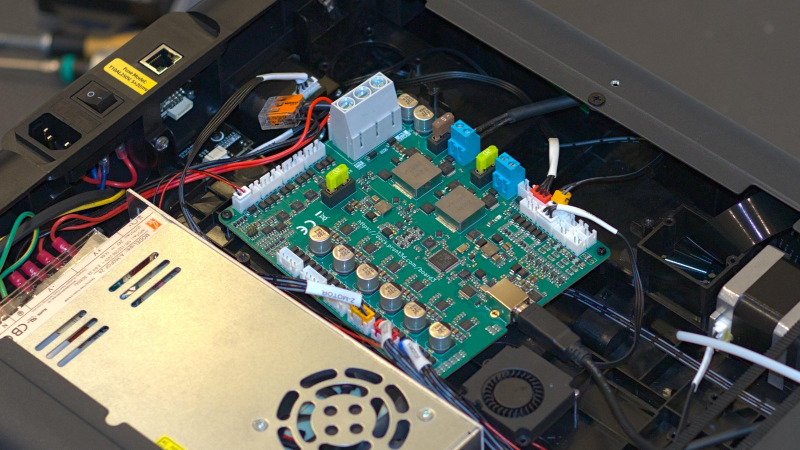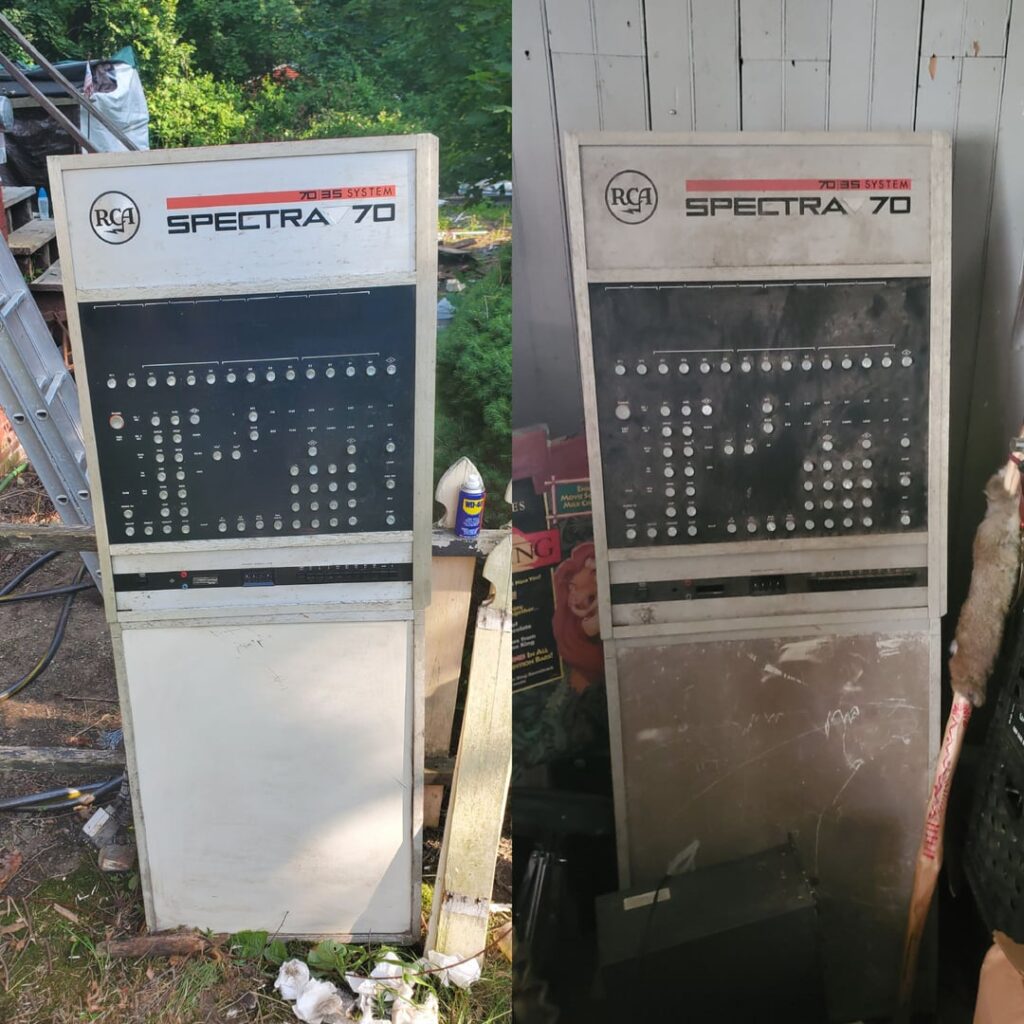Source: OSNews
Article note: Holy shit that's a spray of projects I used to follow and haven't heard anything out of in at least a decade.
What an interesting concept to marry BeOS's so-before-their-time-not-enough-people-could-deal-with-them threaded APIs with a modern Linux runtime.
It’s 2025, and we’re going to talk about BeOS, AtheOS, Cosmoe, and OpenBeOS, all in one news item, right here, right now, on OSNews.
In the very early 2000s, Cosmoe was a unique project that started out as a merger of the AtheOS userland with the Linux kernel. AtheOS, in turn, was one of the quintessential hobby operating systems of the golden age of the advanced hobby operating systems, the early 2000s. AtheOS would eventually be abandoned in 2002, but would be forked into Syllable and continue development until it, too, was eventually abandoned in 2012.
Cosmoe was the brainchild of Bill Hayden, and originally consisted of the AtheOS userland running on top of the Linux kernel, in order to address the lack of supported hardware a custom operating system kernel inevitably has to deal with. Not long after the start of Cosmoe, AtheOS was abandoned, as mentioned above, but a new project had entered the scene: OpenBeOS, now known as Haiku. Hayden switched gears, and instead started porting the parts that made up OpenBeOS to run on the Linux kernel.
This project progressed nicely, but in 2007 Cosmoe came to a halt (ironically, our last item about Cosmoe is “Cosmoe is back“) as Hayden had no more free time left to work on it, being a father of five, and so he decided to put the project on hold indefinitely. That is, until last year, when everything changed.
In mid-2024, my 3rd son Joshua, not even born when I started this project but who is now in college studying to be a programmer himself, had some questions about operating systems. I decided to dust off Cosmoe and see if I could get it running again, to show him what I had worked on. At first it would only compile and run on extremely old 32-bit versions of Mandrake Linux from 2007. But I had caught the bug again. Not only had I forgotten how fun Cosmoe was to program, but the intervening 17 years of progress made by OpenBeOS (now Haiku) made the certain aspects of this revival come at lightning speed. Day by day, week by week, I got it running on newer versions of Linux, and re-synchronized it with ever-more-recent releases of Haiku. After about 2 months of late-night effort, I had a version of Cosmoe that was 64-bit compatible, ran on multiple modern Linux releases, and was almost completely up-to-date with the latest Haiku source changes.
↫ Cosmoe’s history page
We’re halfway through 2025 now, and Cosmoe now exists as two separate, but related projects. There’s Cosmoe Classic, which is the updated and modernised incarnation of Cosmoe’s original concept: Haiku’s userland running on top of the Linux kernel. In its current form, it runs inside an SDL window on your Linux desktop, as there’s no native video driver. Cosmoe Classic, however, is not what Hayden is focusing on.
Instead, Hayden is focusing on the new Cosmoe, which takes the same idea – the Haiku userland running on a Linux kernel – but implements it in a completely different way:
Cosmoe is a C++ class library that allows developers to build rich, native Linux apps with the easy-to-use BeOS API. This library is a light-weight, serverless version of Cosmoe Classic which targets the Wayland compositor on Linux.
↫ Cosmoe’s GitLab page
What Cosmoe on Wayland (to differentiate it from Cosmoe Classic) allows you to do is run BeOS/Haiku applications on Linux, provided you are running Wayland. The project is in an alpha state, but once compiled, it comes with a few BeOS/Haiku sample applications you can run right on your Wayland-based Linux desktop. Hayden states that about 95% of the BeOS API is implemented in Cosmoe, with the TODO file giving an idea of what tasks need to be done to improve compatibility and implement other improvements.
The return of Cosmoe is certainly not something I saw coming, but I’m incredibly excited. I’m not entirely sure about the usefulness of running Haiku applications on Wayland on Linux, but who the hell cares – this is an awesome project, with a ton of cherished history behind it that gives me butterflies in my stomach. It’s absolutely beautiful to see a project like this come back to life in 2025.
Cosmoe is back. Again.


 A view of the RCA Spectra 70/35 computer control panel before (right) and after (left) its owner cleaned it up.
Credit:
A view of the RCA Spectra 70/35 computer control panel before (right) and after (left) its owner cleaned it up.
Credit:
